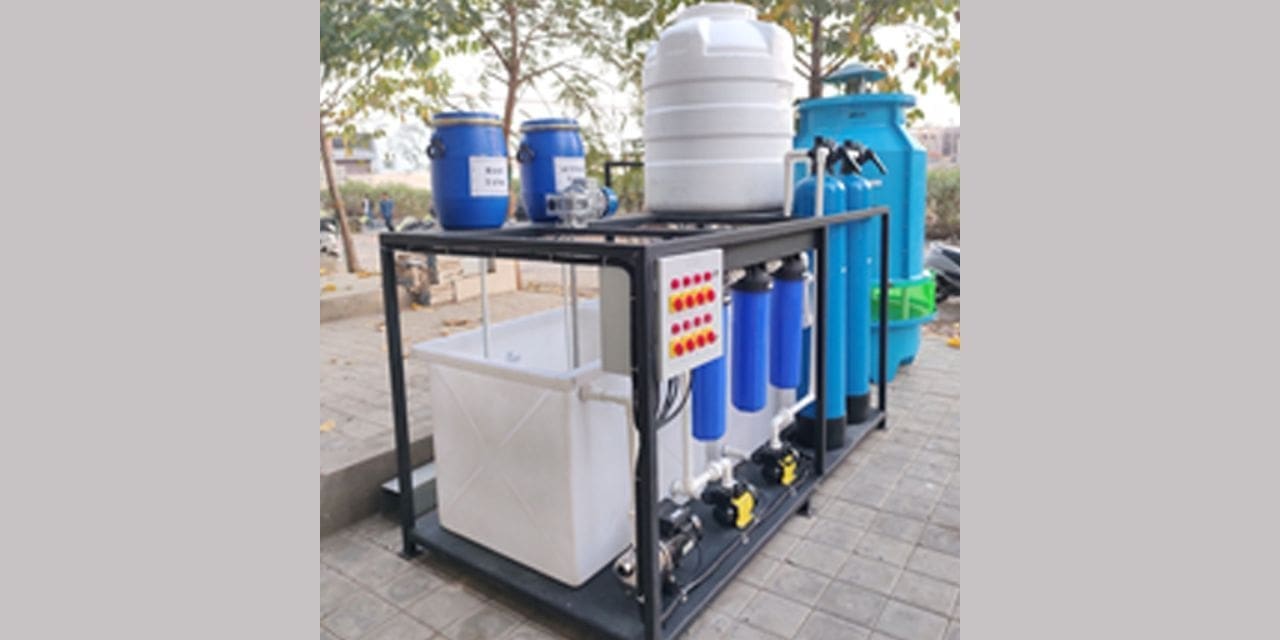In a novel effort to integrate treatment of waste water from tanneries, textile dyeing units and from within the Corporation limits, the district administration, along with various stakeholders, is taking up a feasibility study.
The proposed ‘Integrated Combined Effluent Management’ project envisions combining to treat waste water from tanneries in Dindigul, textile dyeing units in Chinnalapatti and out of Corporation through the existing Common Effluent Treatment Plant (CETP).
The technical committee comprises nine members including chief scientists from the Chennai-based Central Leather Research Institute (CLRI), Nagpur-based National Environmental Engineering Research Institute (NEERI), Karaikudi-based Central Electro chemical Research Institute (CECRI).
“This is the first time such an integration of a multi-industry treatment plant is being tested out in the country. The feasibility study will help us know the possibility and limitations of the model in the Indian context as it is functional in a few foreign countries,” said P. Shanmugam, chief scientist, CLRI and the committee’s chairman.
The project aims to bring down the cost of treating industry effluents as it will be a “centralised” treatment plant which will adopt Zero Liquid Discharge Technology.
According to official data provided by the district administration, the existing CETP treats 2.5 million litres per day (mld) of industrial effluent from tanneries. While treated sewage water from the Corporation is 5 mld and the proposed quantity of effluent from textile dyeing units stands at 0.4 mld.
It will also help in recovering by products such as sodium chloride and sodium sulphide from the treated water which can be reused by both the industries, noted M. Vallalar, Textile Commissioner, Tamil Nadu. Moreover, a considerable cost invested in the purification process will be compensated through those by-product recovery, said the chairman.
Mr Shanmugam noted if this becomes successful in the Indian context, it would turn out to be a model for the country,” he added.
Dindigul was chosen to test this out due to its availability of such heavy industries within close proximity, they said. It will also ensure a responsible and environmentally-friendly way of treating industrial effluents. A total of 49 tanneries treat its waste in the CETP while the proposed plant would add a total of 31 textile dyeing units.
Collector S. Visakan said that two meetings, in which dyeing unit owners were also present, were held in September in this regard and the feasibility report will be submitted within two months.

